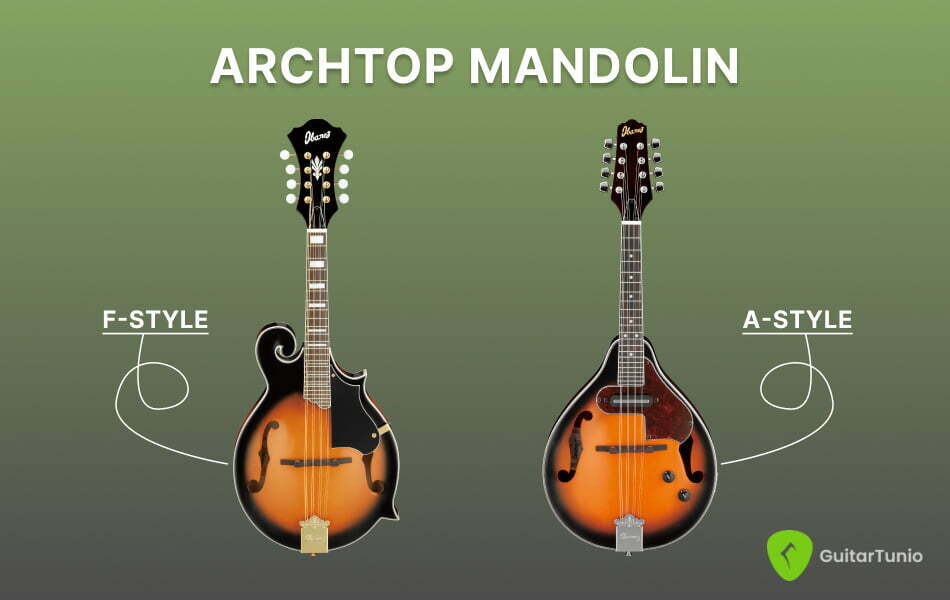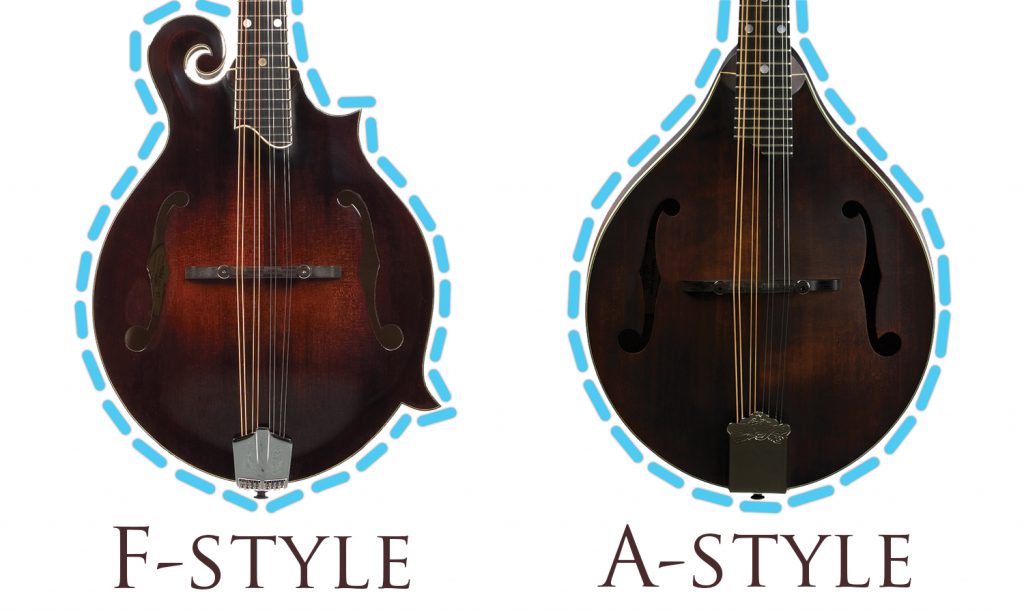The mandolin, with its distinctive sound and rich history, has captivated musicians for centuries. Within the world of mandolins, two prominent styles have emerged: the A-style and the F-style. Both possess their unique characteristics, aesthetics, and tonal qualities that contribute to their appeal. In this article, we will explore the fascinating features and differences between the A and F style mandolins, shedding light on their individual charm and distinctiveness.
The A and F Style Mandolin: Uncovering the Beauty and Distinction
The A-Style Mandolin: Classic Simplicity
The A-style mandolin is the more traditional and simpler of the two styles. It features a pear-shaped body with a teardrop-shaped soundhole and a flat back. The top is usually arched, contributing to its resonant sound projection. The A-style mandolin typically has rounded or oval-shaped soundholes, adding a touch of elegance to its overall appearance. It is known for its clean lines and understated beauty.
The F-Style Mandolin: Elaborate Elegance
In contrast to the A-style, the F-style mandolin exudes a more ornate and intricate design. It features an extended upper bout that curves inward, forming an F-shaped soundhole. The F-style mandolin also has a scroll on the upper bout, reminiscent of a violin or viola. This scroll adds a touch of elegance and visual appeal to the instrument. The back of an F-style mandolin is usually arched, enhancing its tonal characteristics and resonance.

The Sound Difference: A Style vs. F Style
When it comes to sound, both the A and F style mandolins produce beautiful tones, but there are subtle differences between the two. The A-style mandolin tends to have a warm, mellow, and balanced sound, making it suitable for various musical genres such as folk, classical, and traditional styles. Its tone is often characterized by clarity, depth, and a sweet, singing quality.
On the other hand, the F-style mandolin offers a slightly brighter and more focused sound. The additional body contours and soundhole design contribute to its enhanced projection and volume. The F-style mandolin is often favored by musicians playing in bluegrass, country, and jazz genres, where its bold and vibrant tones can cut through the mix with clarity and precision.
Aesthetics and Visual Appeal
While both styles of mandolins are visually appealing, the F-style mandolin stands out with its elaborate design elements. The scroll on the upper bout, along with the intricately carved top and back, adds a touch of elegance and sophistication. The F-style mandolin is often associated with craftsmanship and attention to detail. Many musicians are drawn to the F-style for its distinctive appearance, as it can be seen as a statement of artistic expression.
The A-style mandolin, with its simpler design, showcases the beauty of simplicity. Its clean lines and classic silhouette exude a sense of understated elegance. The A-style mandolin is often favored by musicians who appreciate a more traditional aesthetic and a focus on the instrument’s pure functionality.

Price Considerations
In general, F-style mandolins tend to be more expensive than A-style mandolins. The additional design elements and intricacies involved in crafting an F-style mandolin contribute to its higher price tag. However, it’s important to note that the price of a mandolin can vary greatly depending on factors such as the brand, craftsmanship, tonewoods, and overall quality of construction.
Personal Preference and Playing Style
Ultimately, the choice between an A-style or F-style mandolin comes down to personal preference and playing style. Some musicians may be drawn to the elegance and visual appeal of the F-style, while others may appreciate the simplicity and versatility of the A-style. It’s crucial to try out different mandolins and explore their tonal qualities before making a decision.
The Versatility of Both Styles
Regardless of the style chosen, both A and F style mandolins offer a wide range of musical possibilities. They can be used in various genres, including folk, bluegrass, classical, jazz, and more. It’s important to consider the tonal characteristics and aesthetics that align with your musical preferences and artistic expression.
In conclusion, the A and F style mandolins each possess their unique allure and tonal qualities. Whether you gravitate towards the classic simplicity of the A-style or the elaborate elegance of the F-style, both styles offer an exceptional musical experience. Explore different models, try them out in person, and let your personal taste and playing style guide you in finding the perfect mandolin that resonates with your musical journey.
Remember to download Guitar Tunio to tune the Mandolin perfectly before playing. The app features a reliable tuner for the Mandolin and many other stringed instruments, a rich chord library, and even more. This app is available on the App Store and Google Play, check it out to explore.
